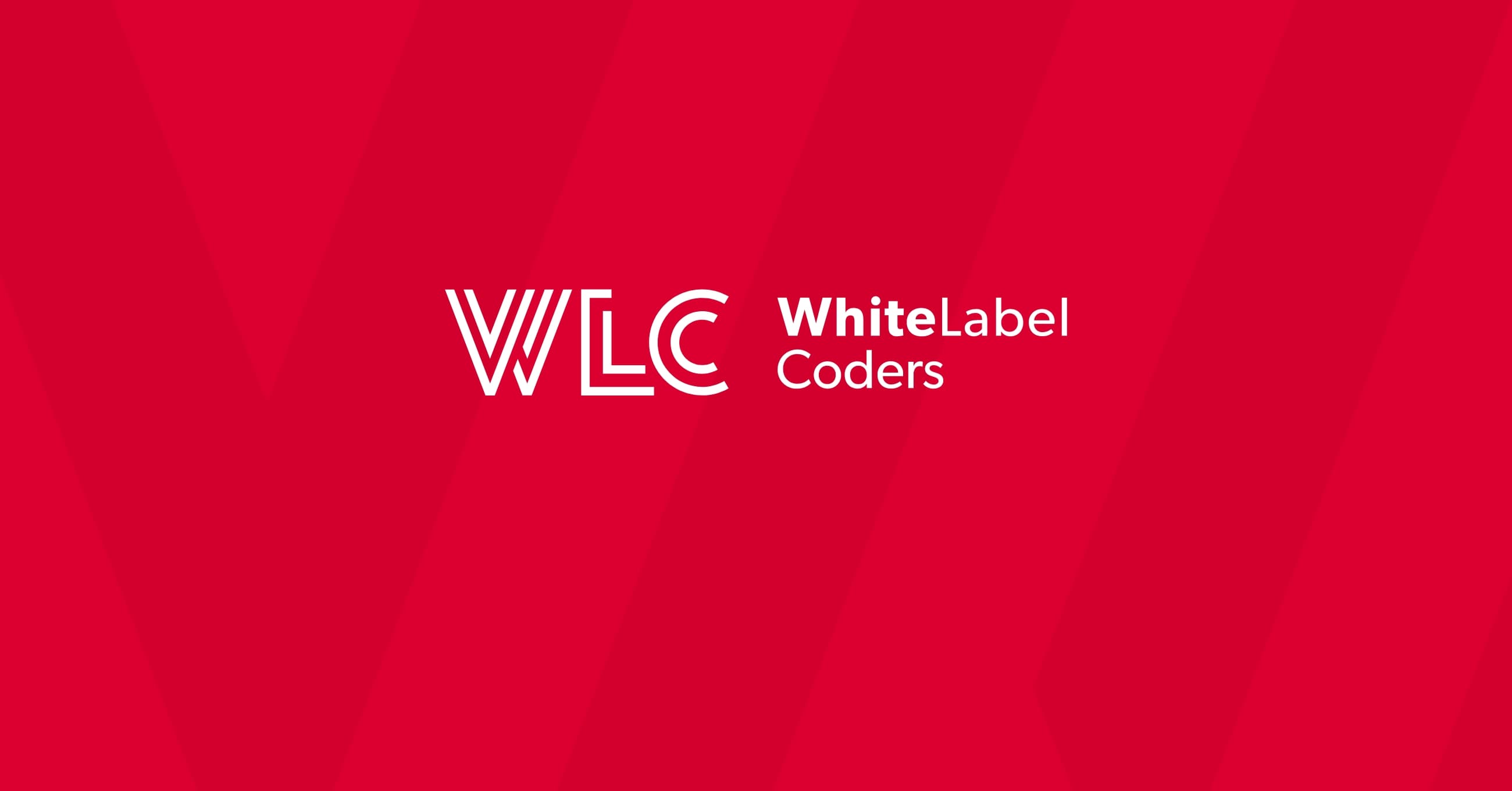Category: SEO AI
Does WordPress need Python?

WordPress does not need Python to function. WordPress is built entirely on PHP, JavaScript, CSS, and HTML, with MySQL for database management. However, Python can be integrated with WordPress through REST APIs, external applications, and custom solutions to extend functionality beyond WordPress’s core capabilities, particularly for data analysis, machine learning, and complex backend processing tasks.
Understanding WordPress core technology and Python’s role
WordPress operates on a completely different technology stack than Python. The platform was designed and built using PHP as its primary server-side language, making it fundamentally different from Python-based web frameworks.
When developers ask about Python’s necessity for WordPress, they’re often curious about whether they need to learn Python to work with WordPress effectively. The straightforward answer is no – WordPress development relies on its own ecosystem of technologies that have served millions of websites worldwide.
However, Python can play a complementary role in the WordPress ecosystem. Think of it like having a specialist consultant who works alongside your main team. While WordPress handles your website’s core functionality, Python applications can provide additional services like advanced analytics, machine learning capabilities, or complex data processing that might be challenging to implement in PHP alone.
This relationship becomes particularly relevant for WordPress customisation projects that require sophisticated backend processing or integration with Python-based systems.
What programming languages does WordPress actually use?
WordPress relies on a specific set of technologies that form its foundation. PHP serves as the backbone, handling all server-side processing, database interactions, and core functionality that makes WordPress work.
JavaScript powers the interactive elements you see on WordPress websites. From simple contact forms to complex admin interfaces, JavaScript creates the dynamic user experiences that modern websites require. The WordPress admin area heavily uses JavaScript for features like the block editor and media management.
MySQL manages all data storage for WordPress sites. Every post, page, user account, and setting gets stored in MySQL databases. This relational database system efficiently handles everything from small personal blogs to large enterprise websites.
CSS and HTML handle the presentation layer. CSS styles determine how your website looks, while HTML structures the content. WordPress themes combine these technologies with PHP to create the final appearance users see.
These languages work together seamlessly because they were designed to complement each other in web development. PHP generates HTML dynamically, JavaScript adds interactivity, CSS provides styling, and MySQL stores the data – creating a complete web development ecosystem.
Can you integrate Python with WordPress websites?
Yes, you can integrate Python with WordPress through several approaches. The most common method involves using WordPress’s REST API to create communication bridges between Python applications and WordPress sites.
REST API integration allows Python applications to interact with WordPress data. Your Python scripts can retrieve posts, create new content, manage users, and perform various WordPress operations remotely. This approach keeps both systems independent while enabling data exchange.
External Python applications can run alongside WordPress installations. For instance, you might have a Python-based analytics system that processes WordPress data, or a machine learning application that generates content recommendations for your WordPress site.
Microservices architecture offers another integration path. You can build specific functionality in Python – like image processing, natural language processing, or complex calculations – and have WordPress communicate with these services when needed.
Some developers create custom WordPress plugins that communicate with Python applications. These plugins act as intermediaries, sending data to Python services and displaying results within WordPress interfaces.
When would you need Python for WordPress development?
Python becomes valuable when your WordPress project requires capabilities that extend beyond traditional web development. Data analysis and machine learning represent the most common scenarios where Python integration makes sense.
Machine learning implementations often benefit from Python’s extensive libraries. If you’re building recommendation systems, content analysis tools, or predictive features for your WordPress site, Python’s machine learning ecosystem provides powerful solutions that would be difficult to replicate in PHP.
Complex API integrations sometimes favour Python, especially when dealing with scientific computing, financial systems, or enterprise software that provides Python SDKs. While PHP can handle most API integrations, Python might offer more robust libraries for specific use cases.
Automation scripts for content management, data migration, or system maintenance often leverage Python’s strengths. You might use Python to process large datasets, generate reports, or automate content creation workflows that feed into your WordPress site.
Advanced WordPress custom development projects sometimes require backend processing that exceeds PHP’s capabilities or performance characteristics. In these situations, Python services can handle the heavy lifting while WordPress manages the user interface and content presentation.
How do you connect Python applications to WordPress?
Connecting Python to WordPress typically starts with the WordPress REST API. This API provides endpoints that Python applications can access using HTTP requests, enabling full communication between both systems.
Authentication setup ensures secure communication. You’ll need to configure API keys, user permissions, or OAuth tokens depending on your security requirements. WordPress provides several authentication methods that work well with Python’s requests library.
Custom endpoints creation extends the default REST API functionality. You can build specific endpoints in WordPress that your Python applications can call, tailoring the data exchange to your exact requirements.
Webhook integrations enable real-time communication. WordPress can send notifications to Python applications when specific events occur – like new post publications, user registrations, or order completions in WooCommerce.
Database connections offer direct data access for specific use cases. While REST API integration is generally preferred, direct database connections might be necessary for complex data processing or migration tasks.
Best practices include implementing proper error handling, rate limiting, and data validation to maintain reliable communication between your Python applications and WordPress sites.
Key takeaways about WordPress and Python integration
WordPress functions perfectly without Python, relying on its proven PHP-based architecture. The platform’s core languages – PHP, JavaScript, CSS, HTML, and MySQL – provide everything needed for most website and web application requirements.
Python integration becomes valuable when projects require advanced capabilities like machine learning, complex data analysis, or integration with Python-specific systems. Rather than replacing WordPress’s core technologies, Python serves as a complementary tool that extends functionality.
Practical implementation focuses on API-based communication, keeping both systems independent while enabling data exchange. This approach maintains WordPress’s strengths while leveraging Python’s capabilities where they add genuine value.
For developers considering Python in WordPress projects, evaluate whether the additional complexity justifies the benefits. Simple websites and standard business applications typically don’t require Python integration, while advanced projects with specific technical requirements might benefit significantly from this combination.
The decision ultimately depends on your project’s specific needs, technical requirements, and long-term maintenance considerations. WordPress’s flexibility allows for Python integration when necessary, but the platform’s core functionality remains robust and complete without it.

